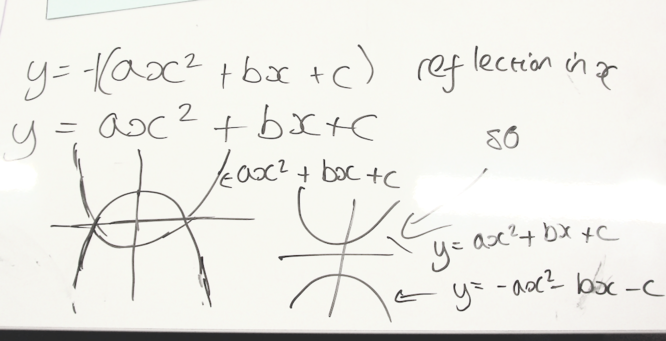This sample work is provided to help prompt discussion and encourage students to reflect on alternative approaches.
Please note that to give you more flexibility in how you use the sample work, there is an extra printable copy without questions.
Card 1
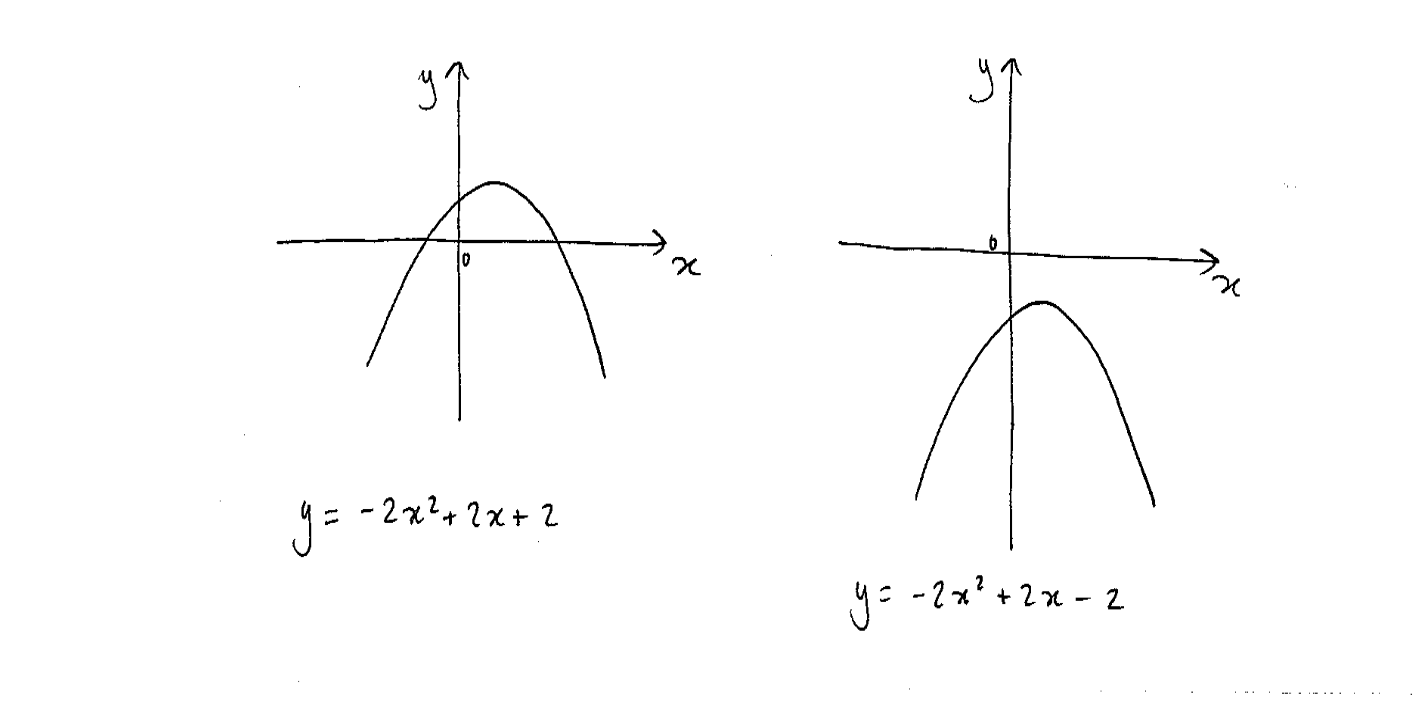
Card 3
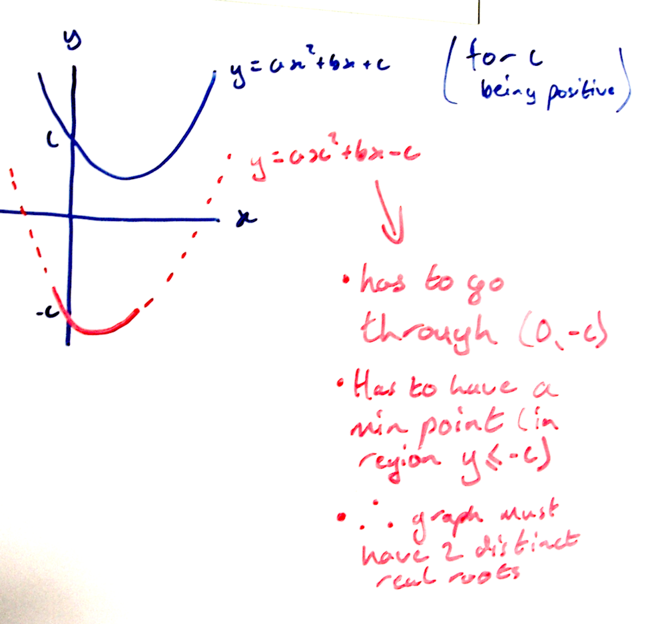
Card 4
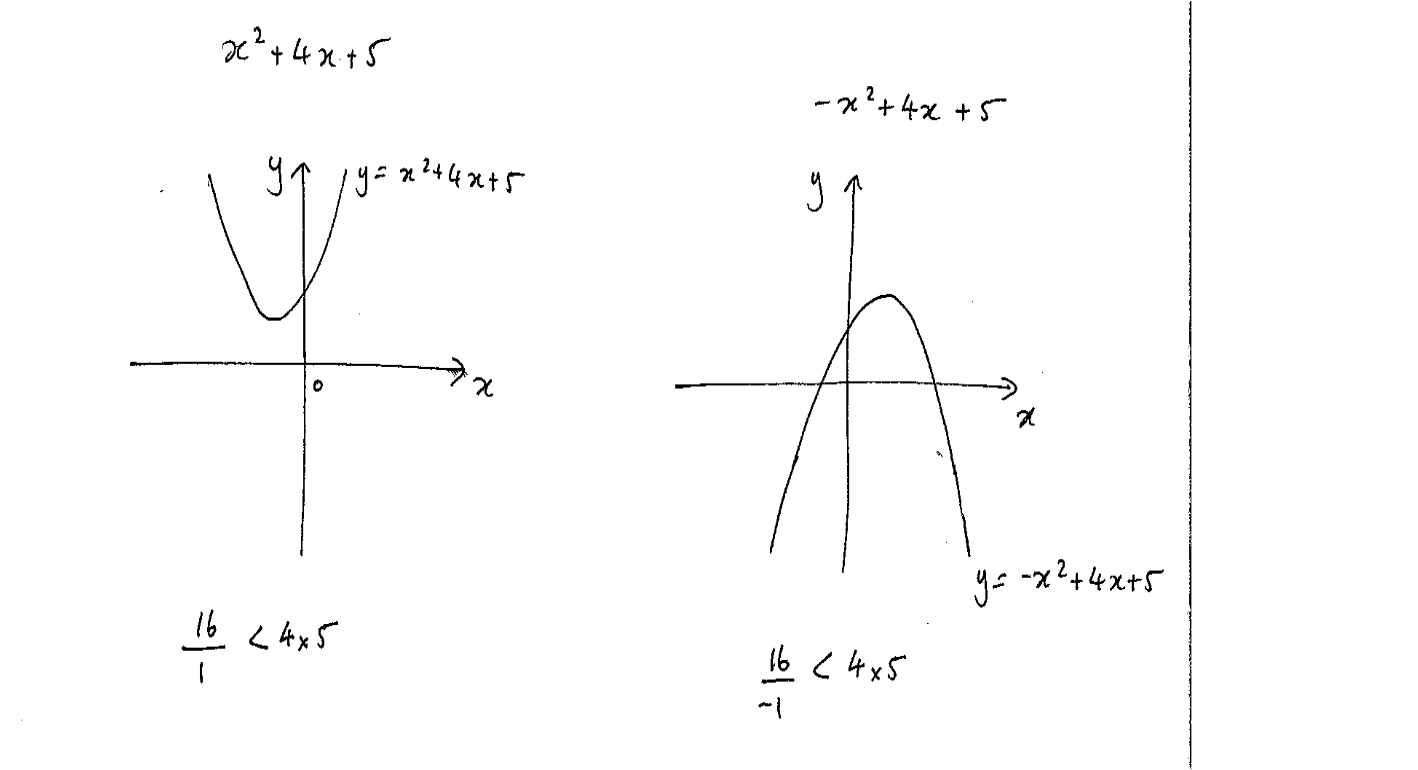
Card 5

Card 7
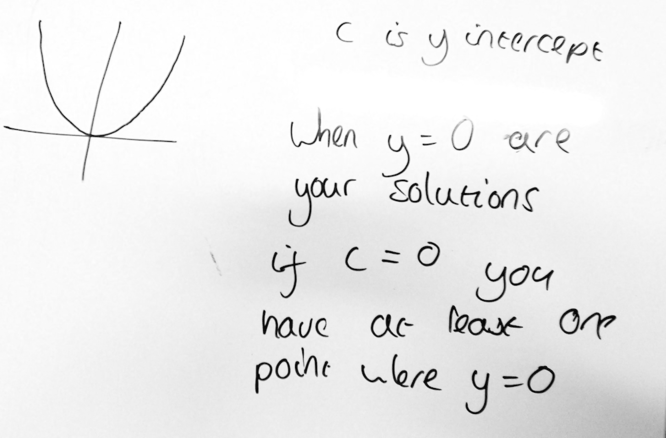
Card 8
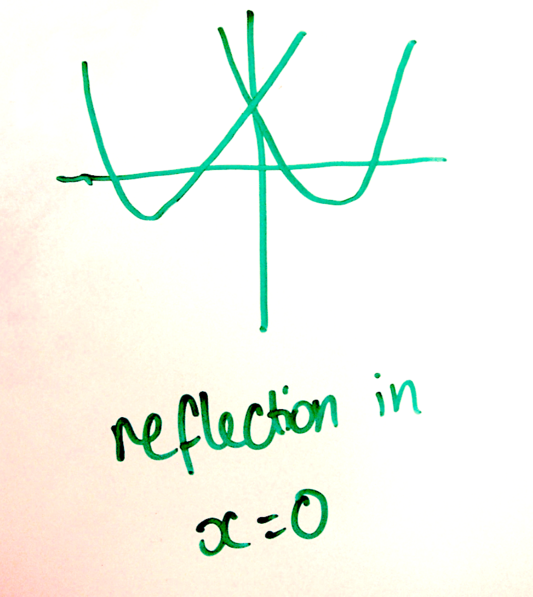
Card 9
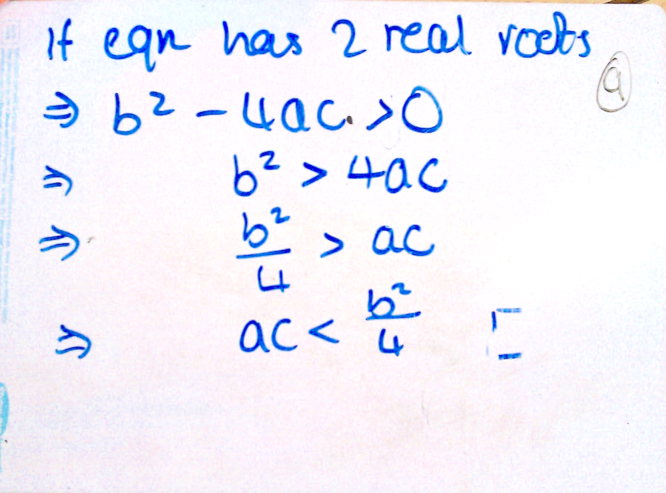
Card 11
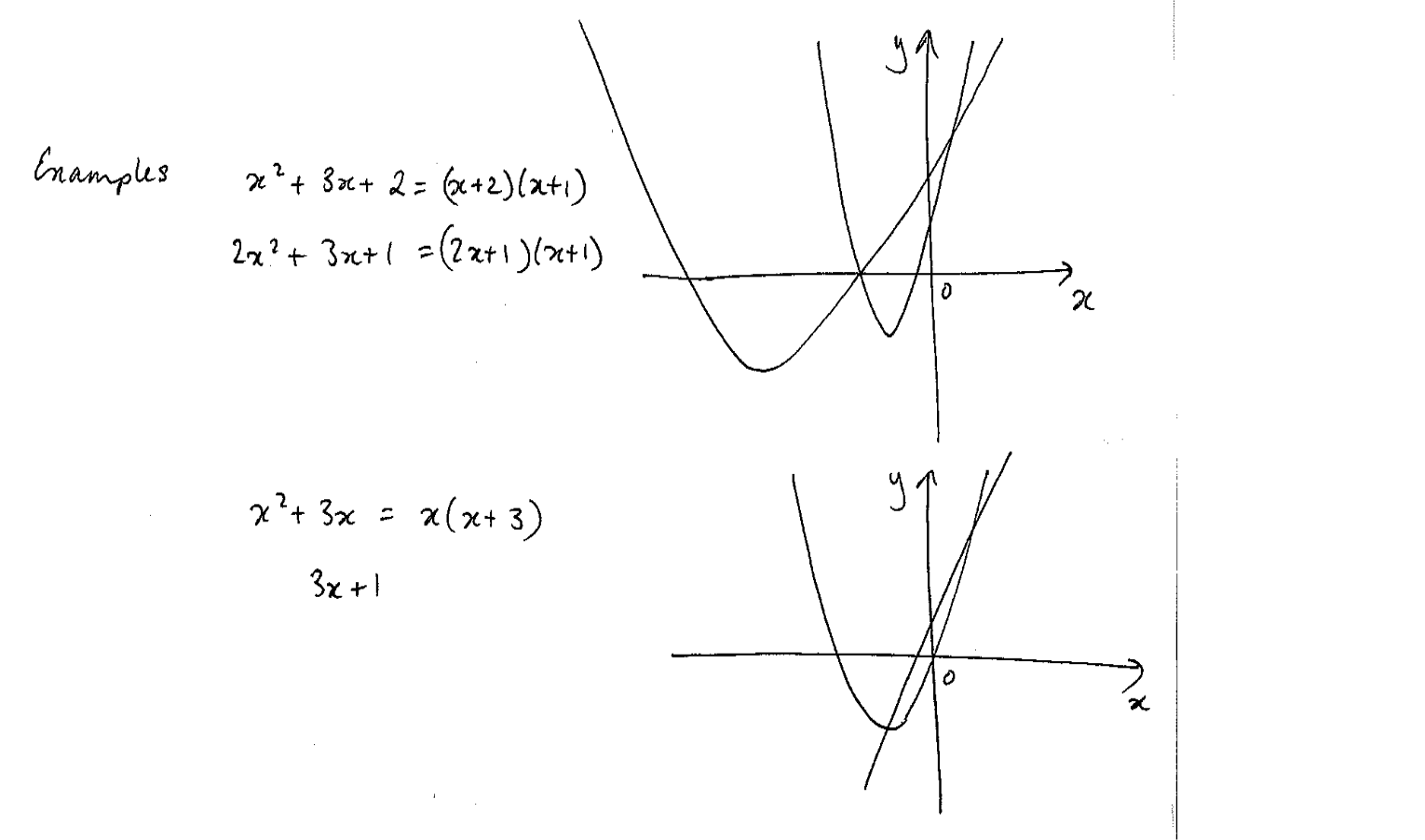
Card 12
“Because they’ve all been turned to negatives, the \(b^2\) will still be a positive, but you times the \(-a\) and \(-c\) together to make a positive and times that by \(-4\) and then it’s a positive, minus negative times negative which makes negative.” Explanation by Student 1
